
Alright, so you're holding onto a $1 coin in the world of crypto, and you're probably wondering if you can get more than just, well, a dollar for it. The tricky thing is that in cryptocurrency trading, values can shift faster than you can say 'blockchain'. So, how exactly do you figure out how much you can sell it for?
The value of your $1 coin in the crypto universe isn't just about its face value. It's influenced by market conditions, trading platforms, and the specific type of cryptocurrency you're dealing with. One moment it's up, the next it could be down—so timing your moves is key.
Let’s break down the dynamics that could affect your $1 coin’s value. We're talking market fluctuations, platform choices, and even the rarity of the coin. While these factors might sound technical, they really boil down to supply and demand, and knowing these can put you ahead when you're trying to maximize your returns.
- Understanding Coin Value
- Market Fluctuations
- Choosing Trading Platforms
- Coin Rarity and Its Impact
- Tips for Maximizing Returns
Understanding Coin Value
When diving into the world of cryptocurrency trading, the value of a coin isn’t just what’s stamped on it. Instead, it’s determined by a variety of factors that can be a bit complex at first glance. Let’s decode them.
Market Demand
The demand for a coin plays a huge role in determining its value. If loads of people are clamoring to buy a particular coin, its value is likely to shoot up. Think of it like a limited edition concert ticket. The more people want it, the higher the prices go.
Supply of the Coin
Certain coins have a finite supply, meaning only a limited number can ever exist. Bitcoin, for example, has a cap of 21 million coins. This scarcity can increase the coin's worth because of the basic supply and demand principle. The less there is of something, the more valuable it might become.
Influence of Technology and News
In the crypto world, technology updates or shifts can significantly impact a coin's value. For instance, improvements in blockchain technology or high-profile security breaches can either boost confidence or scare traders. Interestingly, news events can cause prices to swing widely, almost overnight.
Platform Variability
The trading platforms you choose to engage with also affect the value of your coin. Prices can vary from one exchange to another, sometimes due to geographical differences or operational costs. It’s always a good idea to check multiple platforms to ensure you're getting the best deal.
Coin Rarity
Aside from technological aspects, the rarity of a coin can play into its perceived value. Special edition coins or those created for specific events can attract collectors willing to pay above market rates.
| Factors | Impact on Price |
|---|---|
| Market Demand | Increases with higher demand |
| Supply | Value rises when supply is limited |
| Technological Advances | Can boost value through heightened confidence |
| News Events | Potential for rapid price swings |
| Platform Variation | Causes value differences across exchanges |
All these factors together shape the ever-changing landscape of cryptocurrency values. It's much like trying to hit a moving target, but understanding these elements helps in making more informed decisions.
Market Fluctuations
Welcome to the rollercoaster of the cryptocurrency trading world. Market fluctuations are the wild rides that can either make your $1 coin worth much more or much less. Understanding these fluctuations is the key to making smart trading decisions.
The big players that affect the market are typically demand, regulatory news, and major market events. For example, if a popular influencer tweets about a particular cryptocurrency, the demand can suddenly skyrocket, and so can the price.
Regulatory news is another huge factor. If a country announces it will ban or regulate a certain cryptocurrency, you can expect a quick drop in its value. Conversely, supportive news can boost confidence and raise prices.
Analyzing Charts and Patterns
Keep an eye on price charts and trading volumes. Watch for patterns like "head and shoulders" or "double tops" which traders use to predict price movements. It might sound like geek-speak, but learning just a bit about these patterns can help you anticipate the next market swell or dip.
The good thing is, you don't need to do this alone. There are tools and apps that help track these fluctuations and even alert you when significant changes happen. These can be really useful for timing your trades and deciding when to sell that $1 coin for maximum profit.
Remember, crypto markets are open 24/7, which means it's literally always a good time to check your investments. With a bit of practice, you'll get a feel for when a sudden dip is a buying opportunity and when a rise is time to cash out. So buckle up, it's a fast-paced game, but that's where the fun—and the money—is!

Choosing Trading Platforms
When it comes to selling your $1 coin in the cryptocurrency markets, the right trading platform can make a world of difference. Not all platforms are created equal, and several key features can affect how much you eventually get for your coin.
First, you need to consider the trading fees. Platforms like Binance and Coinbase have a set fee structure, but they vary significantly between exchanges. A small percentage difference might sound negligible, but it can add up, especially if you're dealing in higher volumes or trading frequently.
Security Features
You'll want to ensure your digital assets are safe and sound. Platforms with robust security measures like two-factor authentication, cold storage, and comprehensive insurance policies are a must. Exchanges such as Kraken are often praised for their stringent security standards.
Liquidity
Liquidity is another critical factor. This refers to how easily you can convert your coin into cash or other crypto without affecting its price. High liquidity platforms mean faster trades and better prices. Usually, larger exchanges, where there's more activity, like Binance or Bitfinex, offer greater liquidity.
User Experience and Reputation
You don't want to struggle with a clunky user interface or poor customer service. Look for platforms with good reputations and user-friendly interfaces. Check out reviews or crypto communities to get a sense of other users’ experiences.
Supported Coins
Not every platform supports all cryptocurrencies. Make sure the platform you choose lists your specific coin; otherwise, you'll find yourself unable to trade. Popular platforms like Coinbase may have a limited selection, while others, such as Binance, might offer a broader range.
| Platform | Trading Fees | Supported Coins |
|---|---|---|
| Binance | 0.1% | 500+ |
| Coinbase | 0.5% - 4.5% | over 100 |
| Kraken | 0% - 0.26% | over 50 |
In the end, the best platform for selling your $1 coin will depend on your specific needs and priorities. Balancing fees, security, liquidity, and user experience can help you make an informed choice. Remember, in cryptocurrency trading, a little bit of research goes a long way in maximizing your returns.
Coin Rarity and Its Impact
When trading in the cryptocurrency trading world, coin rarity can play a huge role in determining how much you can actually sell your $1 coin for. But what makes a coin rare in the crypto space, and why does it matter so much?
First off, just like in traditional coin collecting, a rarer coin tends to attract more attention and higher bids. In crypto, this can happen because of a limited supply of coins, special edition releases, or certain coins going out of circulation. A coin that fewer people have can build a kind of exclusivity factor, which can, in turn, drive up the price when you’re looking to sell it.
Factors Influencing Coin Rarity
- Limited Minting: Some cryptocurrencies are designed with a cap on how many coins can be minted. Once that cap is reached, no more coins are produced, making existing ones more sought after.
- Special Releases: Occasionally, projects might release limited edition versions of their coins. Think of it like crypto collectibles that people want to get their hands on.
- Market Discontinuation: When a crypto project ceases operations and the coins stop circulating, whatever’s left can become highly coveted.
Understanding these factors gives you an edge. Take Bitcoin, for example—it's capped at 21 million coins. As of this writing in 2025, over 19 million have been mined, making the remaining ones increasingly valuable.
Here's a quick snapshot about Bitcoin's rarity status:
| Year | Total Bitcoins Mined |
|---|---|
| 2023 | 19 million |
| 2025 | 21 million cap nearing |
Keeping an eye on these aspects can help you strategize better to make the most out of your $1 coin sale. The bottom line is, if you’ve got a rare coin, capitalize on that uniqueness when planning your sale!
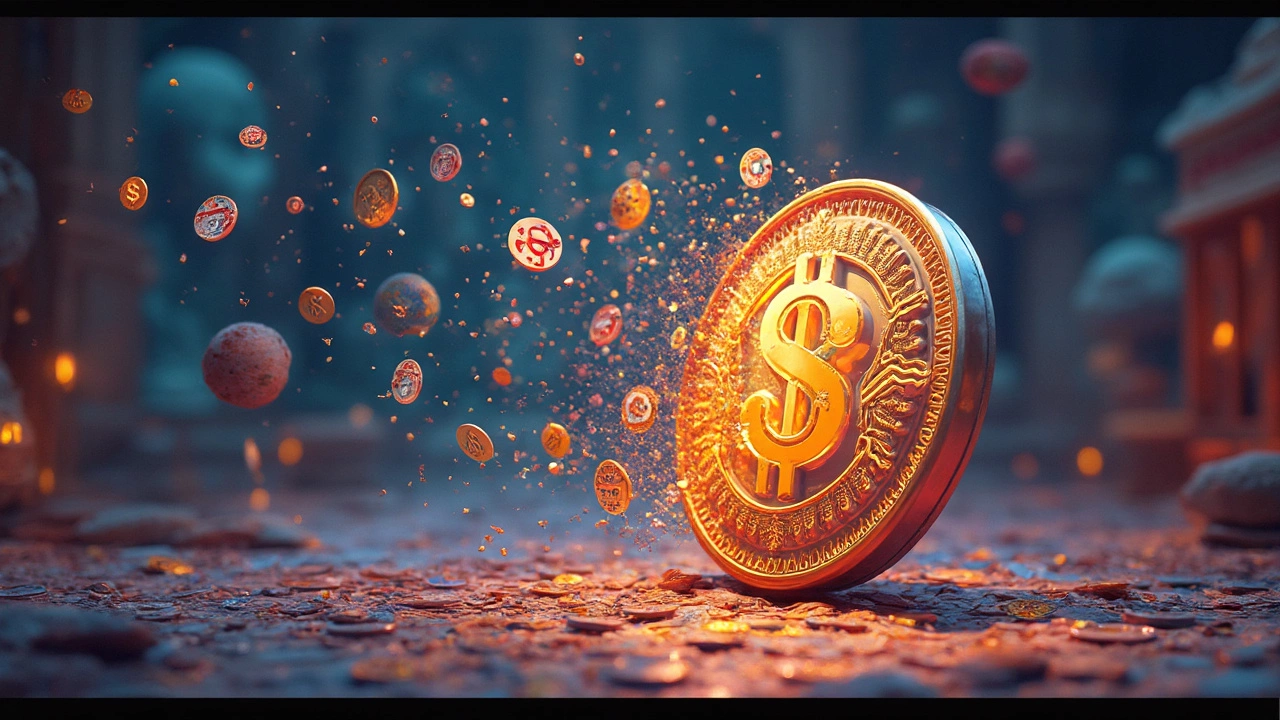
Tips for Maximizing Returns
Getting the most out of your $1 coin in the world of cryptocurrency trading isn't about magic or luck; it’s about strategy and smart moves. Here are some practical tips to help you squeeze out every bit of value from your digital bucks.
1. Keep an Eye on Timing
In crypto, timing can make or break your returns. Markets can be quite volatile, so monitor the market trends regularly. Sell when the prices are high to maximize your returns. It’s kind of like waiting for the ripe moment to pluck a fruit.
2. Diversify Your Holdings
It's not wise to put all your eggs in one basket. By diversifying your crypto holdings, you spread risk and increase your chances of profiting. Consider investing in a mix of coins; some well-established ones and a few with potential growth.
3. Use Reliable Trading Platforms
Your choice of trading platform matters a lot. Go for reputable platforms with lower fees to ensure you retain more profit. Platforms like Binance or Coinbase are popular choices in the market due to their reliability.
4. Stay Updated on Market News
The crypto world is constantly changing. Keep yourself informed about the latest news and trends, as these can impact coin prices. Following crypto influencers or joining online communities can keep you in the loop.
5. Understand Coin Rarity
Sometimes it's not just about the price but also how rare a coin is. Keep an eye on upcoming ICOs (Initial Coin Offerings) as some new projects can explode in value due to limited supply and high demand.
| Strategy | Potential Benefit |
|---|---|
| Timing | Sell at peak market prices |
| Diversification | Spread risk and increase returns |
| Platform Choice | Lower transaction fees |
| Market News | Stay ahead of market shifts |
| Coin Rarity | Capitalize on rare coin demand |
Remember, the world of crypto value is not just about quick gains but smart, calculated strategies. With these tips, you're setting yourself up for the best chance to sell coins at a profit and maybe add a few pizzas to your order.


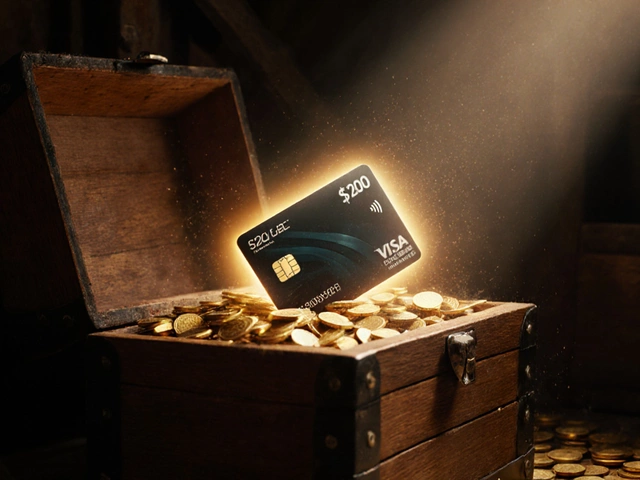
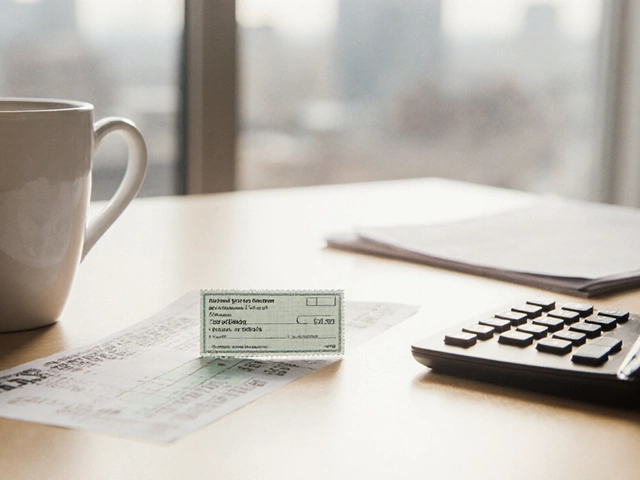
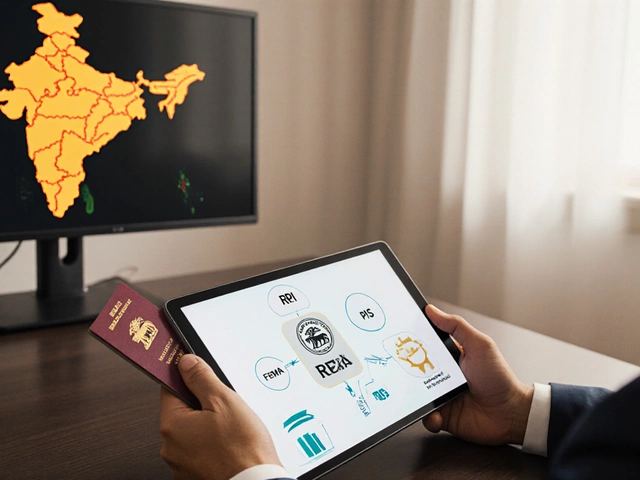
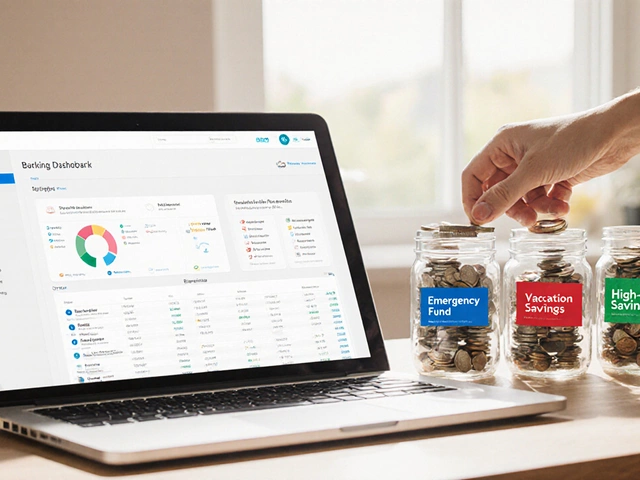


Write a comment